Who makes the best butter?
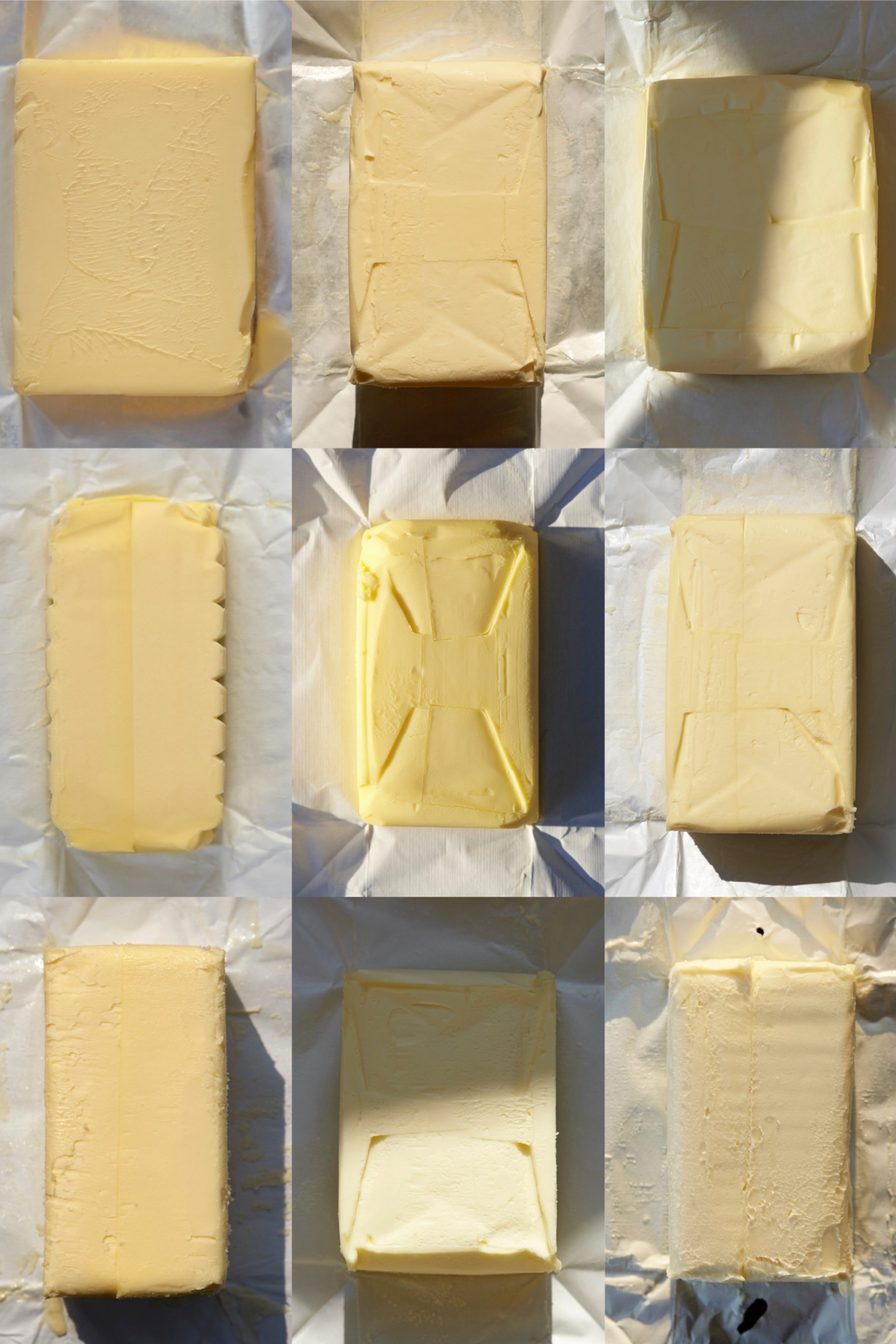
Roula Khalaf, Editor of the FT, selects her favourite stories in this weekly newsletter.
I am fickle about butter. I slather it on toast, melt it into mash, clarify it into ghee, but I have never settled on one brand over another. Lately, though, it’s been hard to resist the growing ranks of tastemakers who have been nudging me towards one label in particular: Kerrygold. Among its champions are Stanley Tucci, Sarah Jessica Parker, Oprah Winfrey and Chrissy Teigen. In a recent edition of this magazine, Korean American author Min Jin Lee admitted to keeping several pounds of the stuff in her freezer so as not to run out. Could this Irish grass-fed butter – now the second bestselling and number one imported butter in the US – warrant such acclaim?

Fen Farm Dairy Bungay raw butter
This raw cultured butter is produced from grass-fed cows in Suffolk and mixed with high-quality sea salt for a characteristic crunch. £7
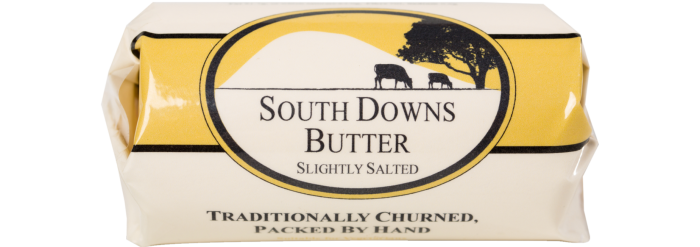
South Downs butter
Traditionally churned with three-day aged cream, this pale butter from Northiam Dairy in Sussex has great depth of flavour with grassy notes. £3.85
Launched in 1962 by the Irish Dairy Board but only introduced to the US in 1999, Kerrygold is certainly a great advertisement for the dairy industry in Ireland, where cows graze on fresh grass for up to 300 days a year. This results in rich, flavourful butter that is bright yellow from the beta carotene in the grass. American butters are only required to contain 80 per cent butterfat, while unsalted Kerrygold – like other European butters – contains at least 82 per cent butterfat, which yields a much creamier product. (The salted version contains 80 per cent fat.)
In taste tests on both sides of the Atlantic, Kerrygold rarely tops the list of big brands. My own straw poll of food writers confirmed common favourite Lurpak as the preferred option. “It’s very stable, melts nicely, has a nicely sweet and salty flavour, a creamy texture and can be bought all round the world,” Danish cook Trine Hahnemann says of the organic line.
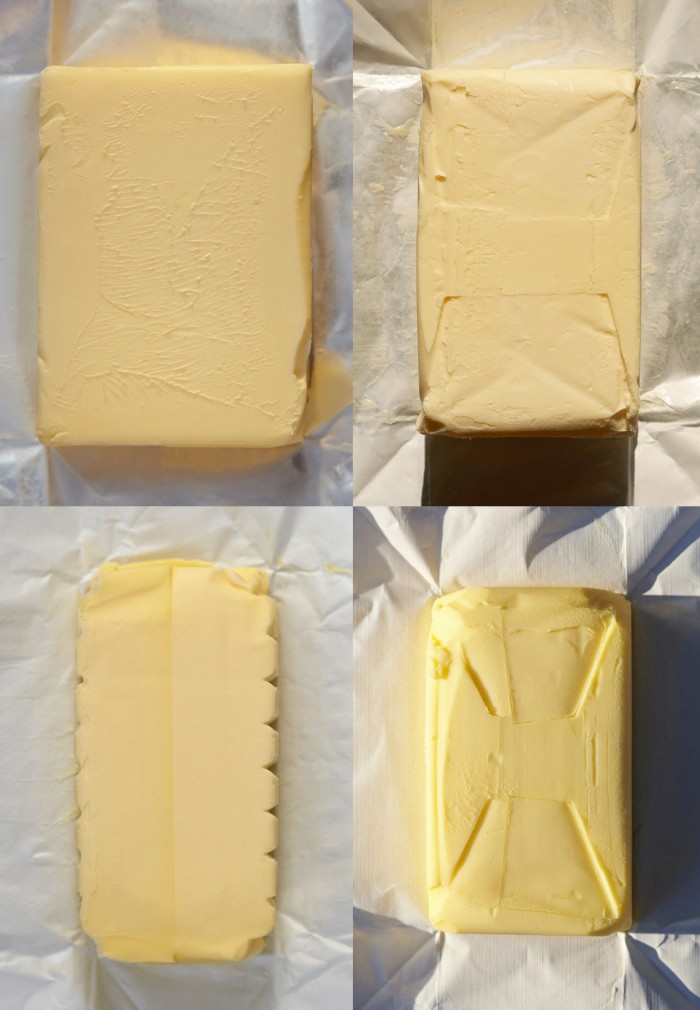
In my taste-test of eight salted and unsalted butters, I find Lurpak a little uninspiring. Better for cooking and baking, perhaps, than spooning straight into one’s mouth – my preferred method of testing. I like Président, despite or perhaps because of its slightly salty greasiness, which reminds me of French baguettes. Isigny Ste-Mère has an appealing tang. But Kerrygold exhibits the most pleasing buttercup glow. And the unsalted version, which is noticeably creamier than the salted, comes second only in my estimation to unsalted Yeo Valley (which is more than a pound more expensive).
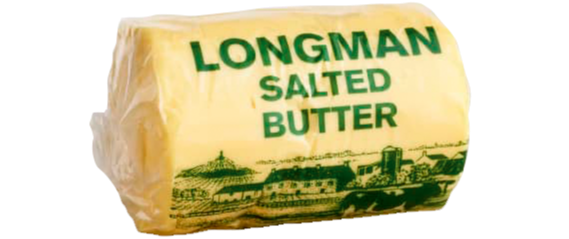
Longman salted butter
For more than 200 years, the Longman family have been farmers and cheese-makers. With milk from local Somerset herds, the butter is churned in the Vale of Camelot from the highest-quality whey cream. £2.50
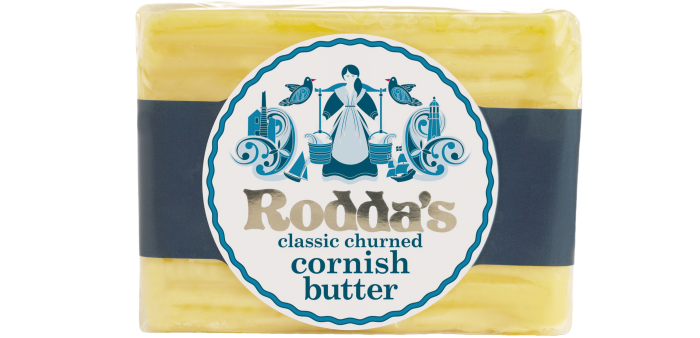
Rodda’s Cornish butter
This rich, golden butter is wrapped by hand and has distinctive ridges on each block. It was served by chef Emily Scott at the G7 summit in 2021. £3.75
Plenty of chefs afford Kerrygold top billing – some for unashamedly patriotic reasons. Conor Gadd, the chef owner of Trullo in London, grew up in Ireland where Kerrygold was always the family go-to. “My father goes through butter like nobody’s business and refuses to accept toast with a slab of Kerrygold on it unless it’s thick enough for him to see teeth marks when he bites into it,” he reports.
For home baking – especially croissant and puff pastry – Phil King of Pophams favours Président or Isigny Ste-Mère as the best supermarket options: “Normandy butter producers have perfected the process of producing butter with a high butterfat content but a good amount of plasticity.”
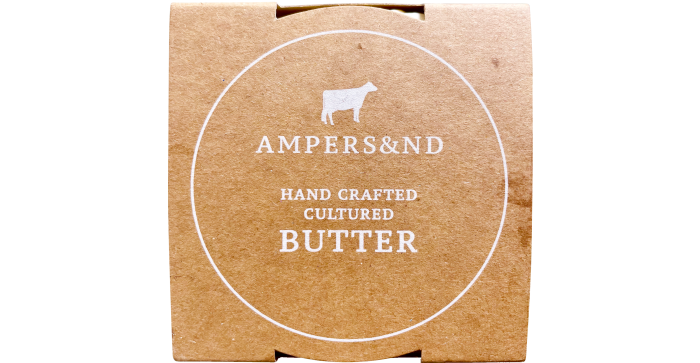
Ampersand butter
This small-batch cultured butter made in Oxfordshire using Jersey, Guernsey and Holstein cow milk was developed by former chef Grant Harrington, who previously worked under Gordon Ramsay. £7.50

Estate Dairy butter
Made from double cream in Cheshire, this butter is cultured and aged for four days prior to churning, which ensures its smooth texture and distinctive richness. £3.76
Philip Khoury, head pastry chef at Harrods, recommends Lescure from the same region in France as the commercial-only Montaigu, which was chosen at Harrods following a blind taste of eight artisan butters.
Olivia Potts, author of Butter: A Celebration, extols the virtue of cultured butter (made from cream that has been allowed to ferment) in dishes that showcase its tangy flavour – for example, her butter and vanilla shortbread, stirred through polenta or melted onto steamed vegetables. “Butter from Brittany is heavily seasoned with salt in a way that makes it taste even more buttery,” she adds, “so it’s particularly good in Breton bakes that are supposed to taste distinctively of butter, such as Sablés Breton [butter biscuits].”
When it comes to butter for the bread basket, “it’s amazing to see British producers like Ampersand, Longman and Netherend Farm competing on a world-class stage,” says Ben Boeynaems, head chef at the Colony Grill Room at The Beaumont Hotel. “It used to be that every London restaurant served Échiré or Lescure; now it’s rare to find a French butter at the table.” Favourites elsewhere include Fen Farm, The Estate Dairy and Rodda’s, a Cornish butter.
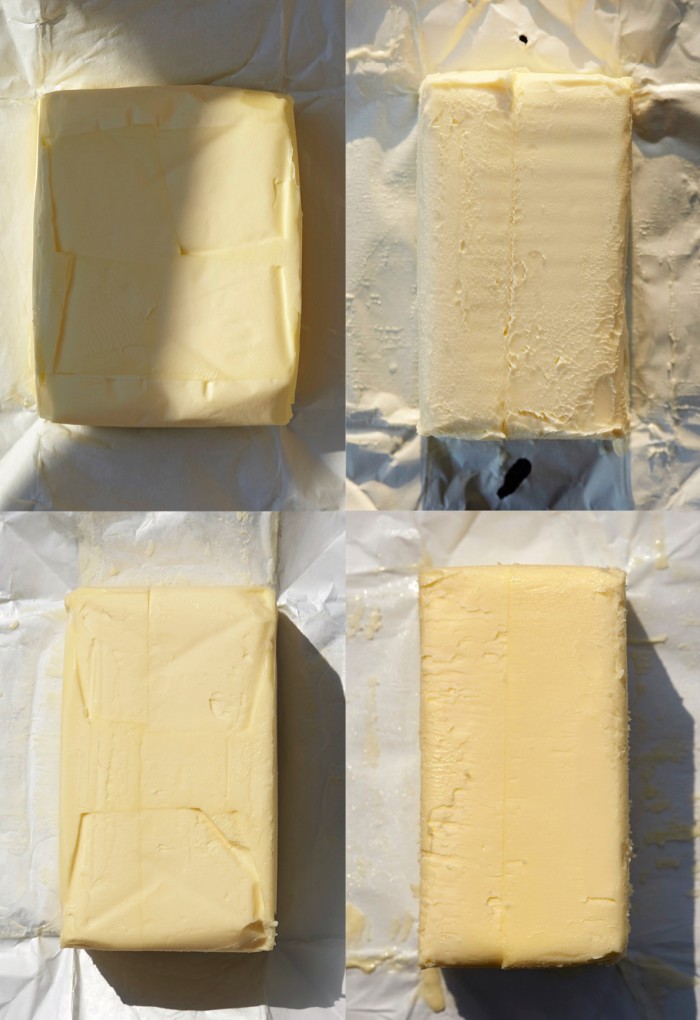
Also generating excitement is a soon-to-launch butter from British chef Thomas Straker, whose butter-related content on TikTok turned him into a star. Wrapped in cartoony packaging, the All Things Butter range includes Maldon salted and unsalted and various flavours; it is being produced by Brue Valley farm in Somerset, which also makes butters for Marks & Spencer and Aldi. I wasn’t able to sample any before going to press, but given Straker’s social media clout and Gen Z’s fixation on butter (including butter boards), the question may be whether this “disruptor brand” has what it takes to be the next Kerrygold, a hype-worthy brand for a new wave of butterholics. As Straker might say, spread the word.
Top butters, clockwise from top left: Finlandia Imported Butter. Meierismør. Kerrygold pure Irish butter. Beurre Moulé biologique
Bottom butters, clockwise from top left: Yoghurtbutter. Burro Trention. Sterzing Vipiteno Burro. Meierismør
Unsalted or salted? Irish or French? Vegan or dairy? Which is the best butter? Tell us in the comments below
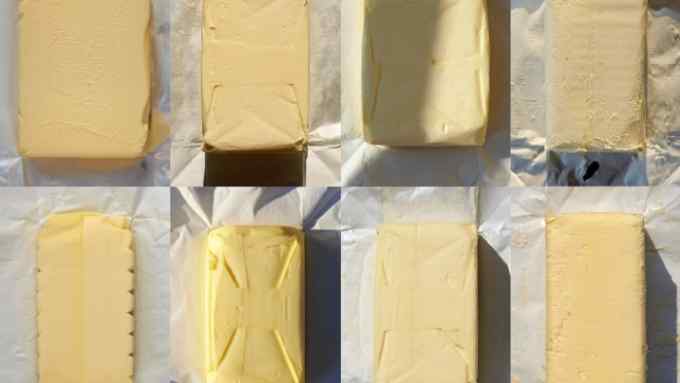
Comments